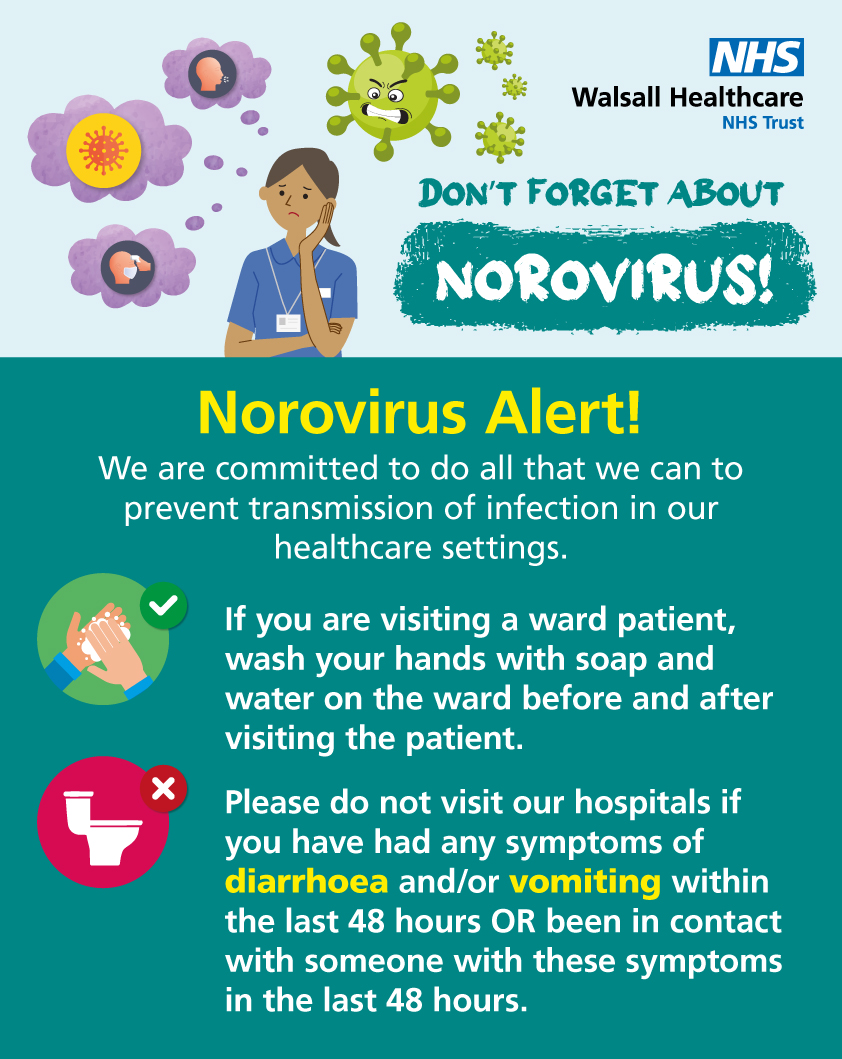Understanding Norovirus

Norovirus is a member of the Caliciviridae family and is the leading cause of gastrointestinal illness worldwide. It is highly contagious and can spread through:
- Fecal-oral route: Direct contact with contaminated feces or vomit, or indirectly through contaminated food, water, or surfaces.
- Airborne transmission: Through droplets that are released when an infected person talks, coughs, or sneezes.
- Contaminated surfaces: Touching surfaces or objects that have been contaminated with the virus and then touching one’s mouth, nose, or eyes.
Risk Factors in Healthcare Settings
Healthcare settings are high-risk areas for norovirus transmission due to the following factors:
- Close proximity: Patients, staff, and visitors are in close proximity, increasing the risk of person-to-person transmission.
- Immunocompromised patients: Patients with weakened immune systems are more susceptible to norovirus infection.
- Contaminated surfaces: Healthcare facilities have a high volume of patients, staff, and visitors, increasing the risk of surface contamination.
- Inadequate infection control: Poor infection control practices, such as inadequate hand hygiene, can contribute to the spread of norovirus.
Norovirus Prevention Measures
To prevent norovirus outbreaks in healthcare settings, the following measures should be implemented:
- Hand Hygiene: Ensure that all healthcare workers, patients, and visitors practice good hand hygiene, using soap and water or an alcohol-based hand sanitizer.
- Personal Protective Equipment (PPE): Wear PPE, such as gloves, gowns, and masks, when interacting with patients who have norovirus or when cleaning and disinfecting contaminated surfaces.
- Surface Disinfection: Regularly disinfect high-touch surfaces, such as bed rails, door handles, and sinks, using a norovirus-killing disinfectant.
- Patient Isolation: Isolate patients with suspected or confirmed norovirus infection to prevent transmission to others.
- Staff Education: Educate healthcare workers on norovirus transmission, prevention, and control measures.
- Visitor Restriction: Restrict visitation to patients with norovirus infection to prevent transmission to visitors.
- Environmental Cleaning: Ensure that the healthcare facility is cleaned and disinfected regularly, including high-touch surfaces and floors.
- Waste Management: Ensure that soiled linens, vomit, and feces are disposed of properly to prevent contamination.
Additional Measures
In addition to the above measures, the following can be implemented to prevent norovirus outbreaks:
- Norovirus Testing: Test patients with gastrointestinal symptoms for norovirus to quickly identify and isolate infected patients.
- Outbreak Response Plan: Develop an outbreak response plan to quickly respond to norovirus outbreaks, including identifying the source, isolating infected patients, and disinfecting contaminated surfaces.
- Communication: Communicate with patients, staff, and visitors about norovirus prevention and control measures.
FAQs
- What is norovirus?
Norovirus is a highly contagious virus that can cause severe gastrointestinal illness, leading to dehydration, electrolyte imbalance, and even death in severe cases. - How is norovirus transmitted?
Norovirus can be transmitted through the fecal-oral route, airborne transmission, and contaminated surfaces. - What are the symptoms of norovirus infection?
Symptoms of norovirus infection include diarrhea, vomiting, abdominal cramps, fever, and headache. - How can norovirus be prevented in healthcare settings?
Norovirus can be prevented in healthcare settings by implementing hand hygiene, using PPE, disinfecting surfaces, isolating infected patients, and educating staff and visitors. - What should I do if I have norovirus symptoms?
If you have norovirus symptoms, stay hydrated by drinking plenty of fluids, practice good hand hygiene, and avoid close contact with others to prevent transmission. - Can norovirus be treated with antibiotics?
No, norovirus is a viral infection and cannot be treated with antibiotics. Treatment focuses on managing symptoms and preventing dehydration. - How long is a person with norovirus infection contagious?
A person with norovirus infection is contagious from the moment they start experiencing symptoms until 48-72 hours after symptoms resolve.
Conclusion
Norovirus is a highly contagious and common virus that can have devastating consequences in healthcare settings. Implementing effective norovirus prevention measures, such as hand hygiene, PPE, surface disinfection, patient isolation, and staff education, can help prevent outbreaks and protect patients, staff, and visitors from this highly infectious virus. By understanding norovirus transmission, symptoms, and prevention measures, healthcare workers can play a critical role in preventing norovirus outbreaks and ensuring a safe and healthy environment for all. Additionally, by developing an outbreak response plan, conducting norovirus testing, and communicating with patients, staff, and visitors, healthcare facilities can quickly respond to norovirus outbreaks and prevent further transmission. By working together, we can reduce the risk of norovirus transmission and provide high-quality care to our patients.
Closure
Thus, we hope this article has provided valuable insights into Norovirus prevention in healthcare. We appreciate your attention to our article. See you in our next article!